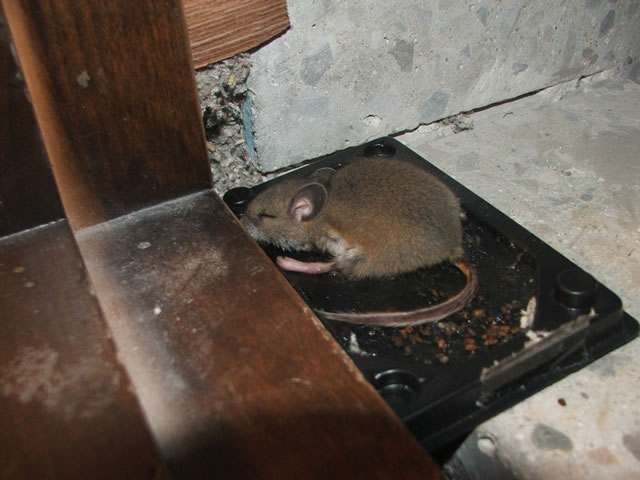It’s a rare sunny day in the middle of a long winter, and you decide to enjoy the break in the weather by relaxing a little in your backyard. You take the cover off the deck chair, settle down with a hot cup of cocoa and watch the dog run around. But, then, your frolicking dog changes his behavior. He’s barking wildly at the gas grill, nose to the ground, running back and forth. Curious, you approach, grab a large stick, thrust it under the grill, and leap back in shock as a huge Norway rat streaks out and runs under the fence, barely missing your dog’s snapping jaws. You throw the stick down in disgust. This isn’t the first rat you’ve seen on your property. In fact, lately, there’s been a lot of them, more than normal.
How could you possibly have a rat problem? You keep a clean yard, a clean home. This is a nice neighborhood, so why are there so many rats?
Residents of an upscale neighborhood in Salt Lake City, Utah are asking themselves the same question, and some think they have the answer. Recently, Chevron Oil cleaned up an oil spill in Red Butte Creek, running right through the neighborhood. Some people believe the remediation displaced the rats and they fled to their backyards and homes. Others believe this is just a natural cycle to rat populations. A 1948 study found that undisturbed rats populations naturally fluctuate in numbers, but found no consistent trends. In other words, it is normal for rat populations to surge from time to time, and no one knows why.
So, was the Chevron oil spill cleanup to blame for the upsurge of rats along Red Butte Creek in Salt Lake City, Utah? What about people all across the country who notice there are more rats than normal in their area?
Whether you have 20 rats or just one in your home, business, yard or commercial property, there are a few things you should know. They are not just “socially unacceptable” creatures. They can transmit diseases, such as rat-bite fever, to humans. They often have parasites such as fleas, ticks, mites or worms, which then infest your home or business, and which can transmit other diseases, such as Lyme disease. They can get into your building through a hole no bigger than a half quarter. As rodents, they must continually chew things in order to keep their teeth filed down, so they’ll chew through plastic, soft metals and wiring, which damages your property and creates a fire hazard. They can nest in vents, which contaminates the air you breathe. They contaminate your food and water sources. Outside, they’ll burrow up to 4 vertical feet under ground, and tunnel through yards and gardens, destroying grass and plants. They’ll eat bulbs and vegetables out of the garden. And they attract predators onto your property, which cause further damage or safety risk.
If there is a rat population upsurge caused by something like a new housing development or an oil spill clean up, you may be at a higher risk of finding one or more in your home or business. Upsurge or not, though, it is important to get a professional wildlife removal service to get rid of the rats, safely clean up after them, seek out entry points and seal them up to prevent the rats from returning, and properly clean up the disease-bearing urine and feces out of your business or home.
